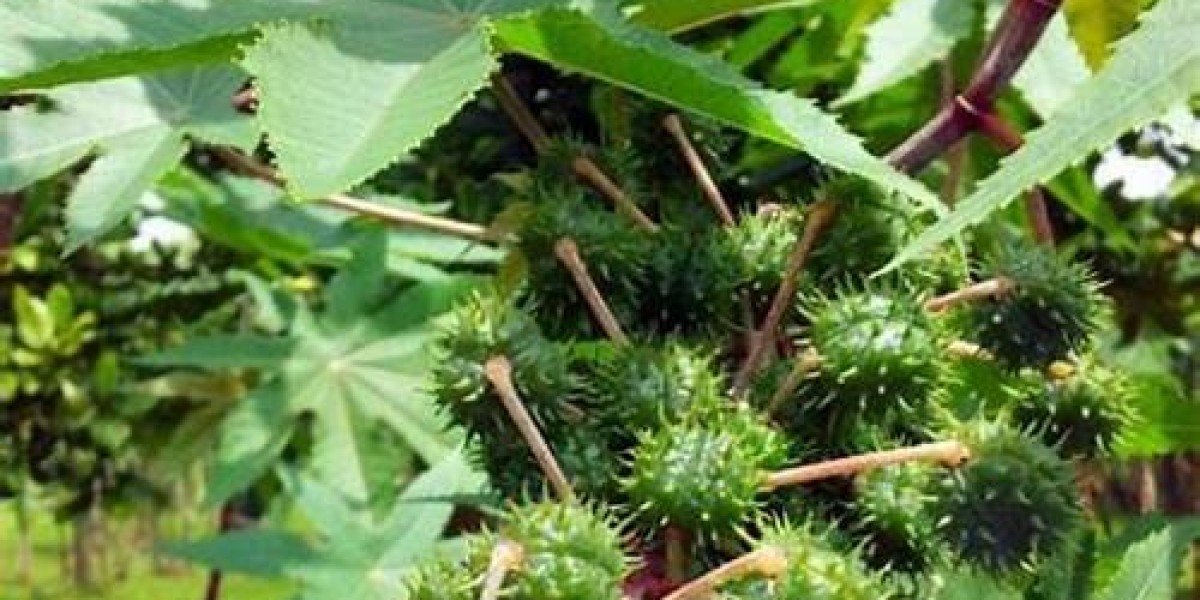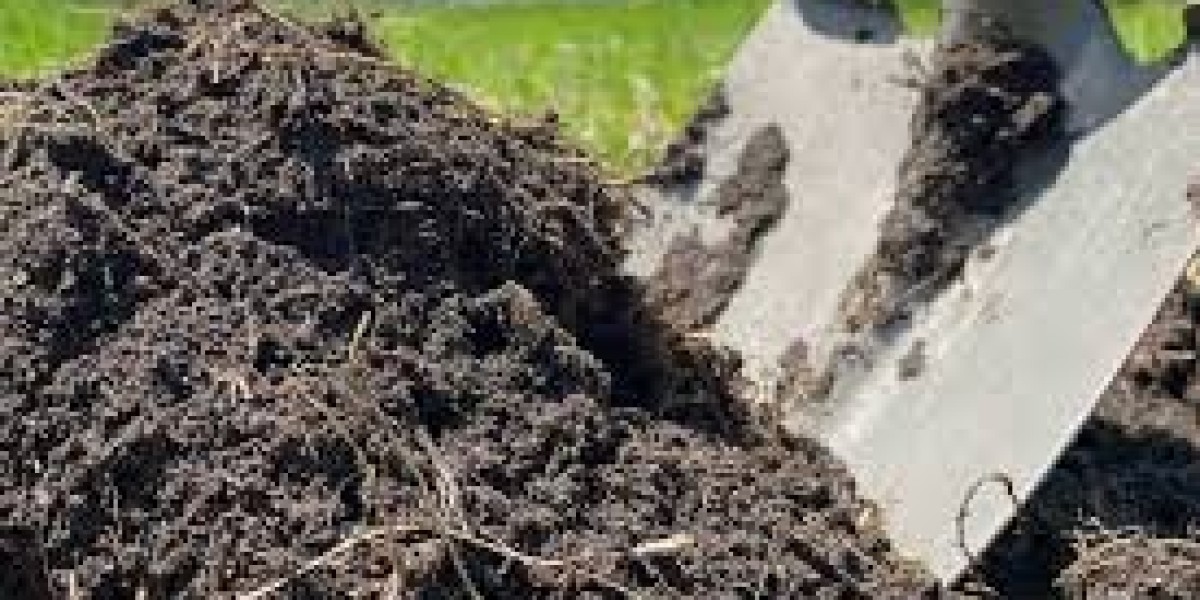Seed selection and planting :
1. Seed preparation using suckers
2. Seed preparation using crown
3. Slip shoot
4. Tissue culture.
Suckers are shoots growing from buds below the ground level and shoots are leaf branches produced from buds in the axils of leaves above ground levels. Both suckers and shoots are produced as daughter plants by side of mother plant, in the post flowering stage.
Slips are smaller structures arising from fruit stalks. Crowns which adorns the fruits grow as extention of the central core of fruits and have a large number of leaves arranged closely on a central axils. Tissue culture suckers are produced in laboratory and they are generally disease free.
Performance of plants in terms of vigour, duration, fruit size and quality varies depending on the type and size of planting materials used. Shoots and suckers yield fruits in 17-18 months, slips in 18-20 months and crowns in 22-24 months.
Planting Pineapple
Planting is done by hand, with or without the aid of a planting machine. Use of the latter results in uniform, neat plantations.
Plant spacing:
1. Spacing from ridge centre to ridge centre:1.5m.
2. Each ridge must carry a double row of plants.
3. Spacing between rows should be 60 cm.
4. Spacing between the plants in the row: 30 cm
Planting season:
Planting takes place at the beginning of the rainy season or it can start any time in the irrigated areas.
Scaly leaves should be removed from the lower portion of the propagule stem to expose the primodia (future roots). If this is not done, establishment will take long.
Planting density:
⁰ Pineapple plants respond very positively to high density planting giving satisfactory results under different growing regions.
⁰ Some farmers use double rows, others 3 rows, others more.
⁰ Pineapples are generally planted in double rows spaced with 60cm between the rows, 50cm between plants 120 cm between adjacent double rows. The propagules are planted in these recommended spacing, following triangular method.
Planting methods:
1. Flat bed planting: planting is done on flat beds in lines in areas where soil erosion is not a problem.
2. Raised bed planting: this system is suitable for low-lying lands. In general, 2-3 lines planting is practiced on raised beds. The channels in between beds facilitate proper drainage and if necessary can be used for irrigation purpose.
3. Furrow planting: Field is laid out in trenches, generally 90cm width alternating with mounds. In sloppy areas, trenches are to be made across the slop. Depth of the trenches may be about 22.5 to 30 cm.
4. Contour planting: In order to prevent soil erosion due to excessive rainfall, contour planting is advisable.
Selecting Planting Material:
Pineapples can be propagated using suckers or crowns. Suckers are shoots that grow at the base of the mother plant, while crowns are the leafy tops of harvested pineapples.
Choose healthy and disease-free suckers or crowns from reliable sources. Look for ones that have a firm base and fresh green leaves.
Preparing the Planting Holes:
Dig planting holes in the prepared beds or ridges. The size of the holes should be sufficient to accommodate the roots of the pineapple plant.
Ensure proper spacing between plants, typically around 60 to 90 centimeters apart, depending on the variety and planting system.
Planting the Suckers or Crowns:
Place the suckers or crowns into the planting holes, making sure the base of the plant is just above the soil surface.
Gently backfill the hole with soil, firming it around the base of the plant to ensure stability.
Watering:
Immediately after planting, provide adequate water to the newly planted pineapple plants. This helps settle the soil and promotes root establishment.
Subsequent irrigation should be carried out based on the specific water requirements of pineapples and the prevailing weather conditions.
Mulching:
Apply a layer of organic mulch around the base of the pineapple plants. This helps retain moisture, suppresses weed growth, and regulates soil temperature.
Keep the mulch a few inches away from the plant’s stem to prevent rotting.
Fertilization:
Apply a balanced fertilizer or a specific pineapple fertilizer to provide essential nutrients for healthy growth.
Follow recommended fertilizer application rates and timing based on soil test results or general guidelines for pineapple cultivation.
Weed Control:
Regularly remove weeds around the pineapple plants to minimize competition for nutrients, water, and sunlight.
Hand-weeding or the use of appropriate herbicides can be employed to manage weed growth.
Plant Support (optional):
Depending on the variety and growth habit, some pineapple plants may benefit from support. This can be achieved by installing stakes or tying the leaves to prevent bending or breaking.
Fertilisation :
1. Apply farm yard manute before planting (10T/HA)
2. Nitrogen is the nutrient most used by pineapples. It can be applied at the rate of 50 kg per hectare as top dressing one month after planting.
3. Additional nitrogen, pottassium and phosphorus (NPK) can be applied later at the rate of 16: 4:12 grams per plant applied three to six months interval is recommended before maturity. An additional 23.5g/plant of nitrogen rich fertilizer ( urea 46-0-0) is applied from the 4th month after planting (1/3), 6 months after planting (1/3) and after 8 months after planting (1/3) ,
Potassium deficiency produces a poor quality fruit; few suckers and slips will be formed. Kcl is therefore applied at the rate of 13 gr per plant, after 6 months after planting.





